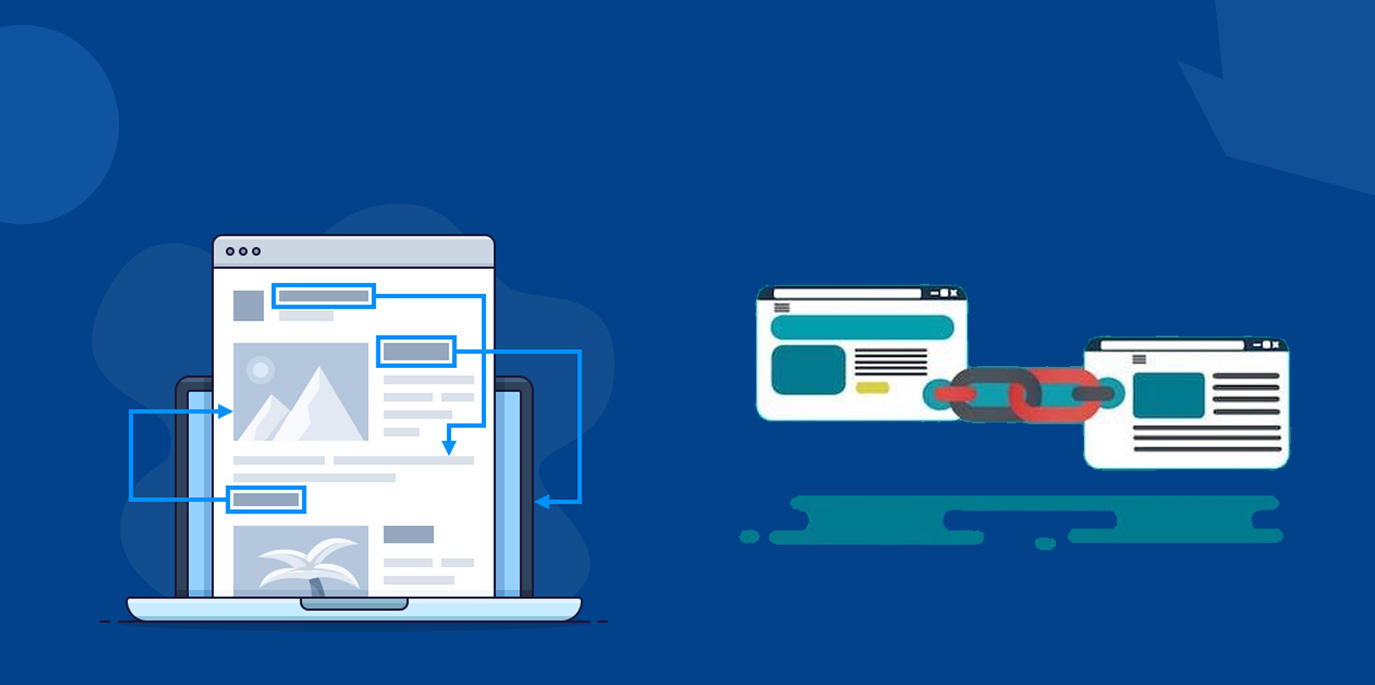Q: What are some easy ways and tools to improve the page load speed of my website?
A: A one second delay in page load time can result in 11% fewer page views, 16% decrease in customer satisfaction, and 7% loss in conversions. So, it is really necessary for the website to have a good page load speed.

Site speed is important but how will you improve the loading time? Let me share some handy tips and tools to make it easier for you.
Minimizing HTTP Requests
Downloading images, scripts, Flash, stylesheets etc. takes around 80% of the web page’s load time. Since, each one of these elements makes in HTTP request, the more on-page components, longer will be the rendering time. What I will suggest is:
- Streamline number of on-page elements
- Combine multiple style sheets into one
- Reduce the scripts and have them at the bottom of the page
Enabling Compression
Larger pages are often of 100kb and more, which means they will be slow to download. Zip them up through compression and the bandwidth of the pages will get reduced. This will reduce the HTTP response.
Optimize Images
Focus on the size, format, and the src attribute of the images. Since oversized images take longer to load, crop images to correct size, reduce color depth, and remove image comments. Regarding the image format, JPEG is the best option to go. You can also use PNG but older browsers may not support it.
When you have the images in the right size and format, ensure the code is also right. The code of an image in HTML includes this:
<img src=””>
If there’s no source in the quotation marks, the browser either marks a request to the page directory or actual page, which can add unnecessary traffic to the server. So, always include the src attribute with valid URL.
Cleaning up the Code
A poorly coded webpage will look similar to the well-coded one, but there will be a drastic difference in the performance of both. If the website has clean and minimalistic code, it will make the files smaller & also increase the loading speed of each page.
Reducing the Number of Plugins
Having too-many plugins on the website means slower speed, security issues, crashes, and other technical problems. Deactivate or delete the unnecessary plugins.
What you can do is select each of the the unnecessary plugin and disable it to measure the server performance. This way, you will be able to identify the plugins that are harming your site speed.
Reducing Redirects
Keep redirects to a minimum because they create additional HTTP requests and increase load time. If yours is a responsive website, it is more likely to have redirects to take the mobile visitor from the main website to responsive one.
Google recommends using HTTP redirect for sending users with mobile user agents to the mobile equivalent URL directly
Here are some of the tools you can use to check the page speed, identify the issues, and resolve them.
This is a Google tool that helps in identifying speed issues as well as categorize them on the basis of low, medium, and high priority to improve the site speed.
Another tool to evaluate the speed of your website and getting tips on how to improve the performance.
This tool is perfect for the large websites that receive tens of thousands of visitors everyday. Load Impact runs simulations to identify how the website holds up when the traffic is high.
GNU Gzip is a popular data compression program. All you have to do is set up your server to enable compression and you are good to go.
PageSpeed Insights Chrome Extension
You can use PageSpeed Insights Chrome Extension to minify HTML or say generate an optimized version of the HTML code.
Reduce the image file sizes and improve the performance of the website with this WordPress plugin.



























